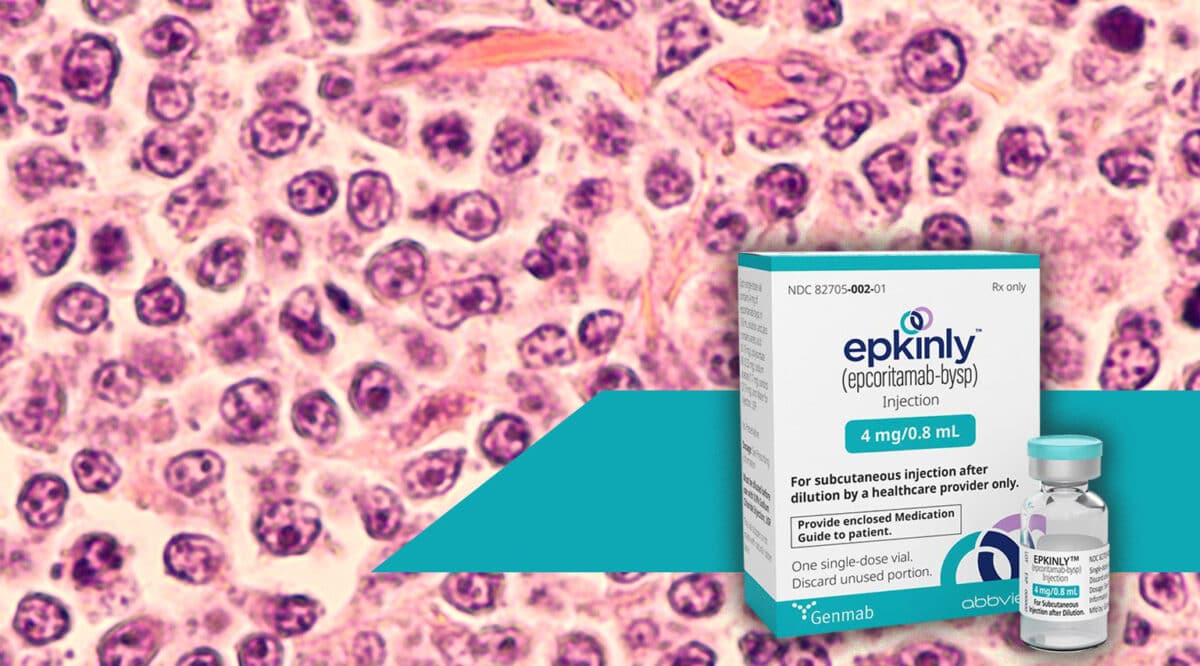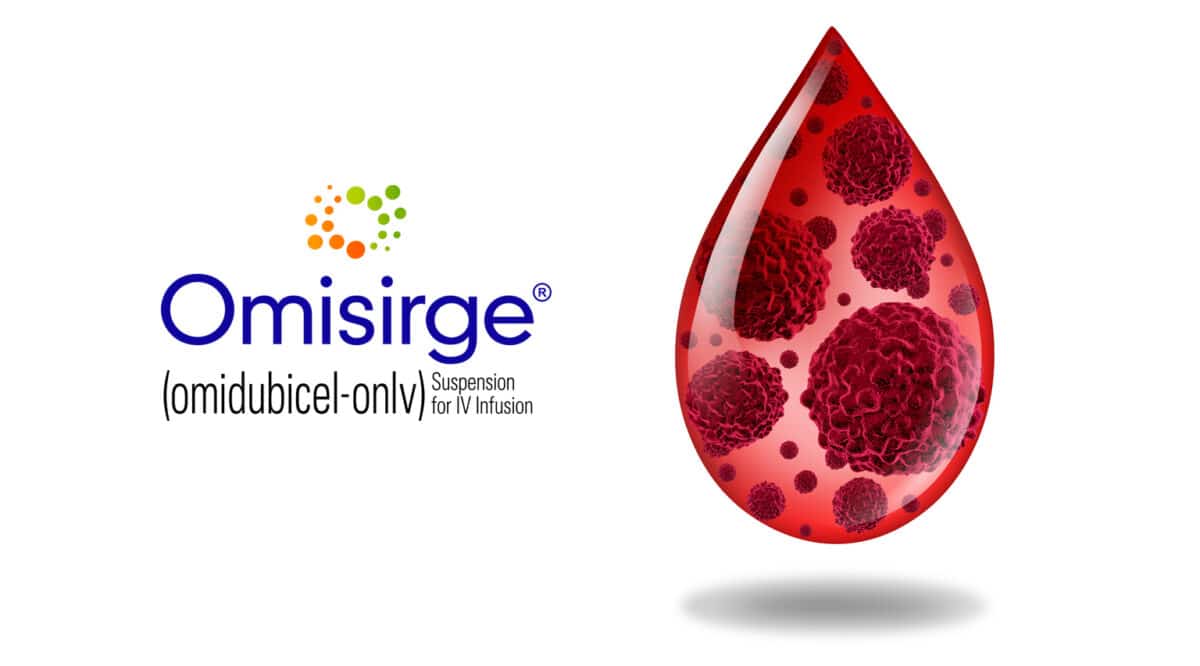What do ‘ya get from a DNA modified pig?
…………. wait for it………………..
………….wait for it………………..
…………………..CRISPR BACON! 😊
DNA modification is about to trigger a tsunami level change in the pharmaceutical world. New products are already marching towards approval and, with proof of concept, the wave will predictably build rapidly.
Specialty pharmacy is in the bullseye for CRISPR sequenced therapies since many of the therapies under the SP umbrella target genetic illnesses. Early research using CRISPR based technology has focused on hematologic conditions that are currently served by specialty pharmacies with drugs that only treat symptoms.
Will specialty pharmacies have a role in the emerging CRISPR world? Maybe.
These next-gen, DNA modified therapies will logistically resemble recently approved last-gen gene therapies. Current gene therapies are uber expensive and require hand holding throughout the patient journey. Hence, the arrival of the rare disease pharmacy.
But the new therapies won’t necessarily be limited to ultra-rare orphan conditions. If the therapies are highly efficacious, i.e., cures, then the need for dispensing may disappear completely and the pharmacy relationship would transition to distribution (to the physician / hospital), patient monitoring and data capture. With fewer and fewer patients requiring treatment over time, the need for multiple dispensing specialty pharmacies would likely diminish as well. So, the role of the specialty pharmacy industry as we know it may be tenuous.
Read the interview below for some great insights into the next generation of pharmacy.
——————————————————————————————–
Has the CRISPR revolution arrived yet?
A decade after scientists developed the ability to edit DNA using the CRISPR sequence, the first drugs using the technique are approaching the market, with the potential to transform the lives of people with certain genetic illnesses. But questions of ethics, access, and pricing remain. We talked with Dr. Greg Licholai, a biotech entrepreneur and a lecturer at Yale SOM, about the state of the technology.
Q: What is the state of CRISPR right now?
There have been a lot of developments. We’re on the verge of having the first CRISPR-based drugs approved, and there’s a whole pipeline of new therapies on the way. A Noble Prize has been awarded and patent battles between Berkeley and MIT have been settled. Also, there’s been a major controversy in terms of human experiments and ethical transgressions resulting in a scientist going to jail for experimenting on human embryos. So it’s been pretty dramatic and it continues to be.
Q: We last spoke about CRISPR in 2018 . Has the amount of change in the last five years been what you expected? Has it been in the direction you expected?
It’s about on pace to get from lab experiments to being on the verge of getting a drug approved—that’s a pretty good timing. The pipeline is clustered around hematologic disorders, so perhaps I might have expected there to be more progress in other diseases, but it’s about on pace.
Q: How far are we from having CRISPR-based drugs in the pharmacy or in a doctor’s toolkit?
It’s very exciting. We’re very close.
The drugs that are nearest for approval are being co-developed by Vertex Pharmaceuticals and CRISPR Therapeutics, and they’ve collaborated on a product called Exa-cel, which is for sickle cell anemia and beta thalassemia, two blood disorders. They presented the results at the end of last year at major hematology conferences, and they’re planning to submit the BLA, which is the licensing application to the FDA this year. It takes about nine months or a year to go through the process, so we could see the first therapeutic approved at the end of this calendar year.
Q: What kind of impact would you expect for someone with sickle cell anemia? Is this an incremental change? Is this a big change?
It would be a huge, sweeping, revolutionary change, with the potential of giving a single dose of a drug and changing the way these patients produce their own blood cells so that they’d be potentially cured of the disease.
It would have the effect of doing a bone marrow transplant, which is done in cancer centers, and is high risk and very difficult for patients. CRISPR would be much easier and better tolerated. With CRISPR doctors take blood cells, use CRISPR technology to alter the defective genes, and the reinfuse the new and improved cells, which go on to produce healthy red blood cells in the patient. In sickle cell anemia, patients have a pain crisis because the cells have a problem with their morphology. Beta thalassemia is a type of anemia, and similarly, the red blood cells have a genetic problem with their ability to carry hemoglobin. The preliminary data from 31 patients suggests that a course of treatment may cure the disease. So it’s a very dramatic improvement.
Q: What do you foresee as the accessibility of these kinds of therapies? Are the prices extremely high? Will insurance cover them? Will there be economic or racial disparities in access?
The science has progressed. However, what’s lagged are the regulatory standards and any conclusions about pricing as well as improved access to novel therapies. There just hasn’t been guidance established yet. So we’ll have to wait to see about that.
The pricing question could be dramatic. Previously approved gene therapies are incredibly expensive, over $1 million, sometimes close to $3 million. This is because the argument from the pharmaceutical manufacturer is that typically drugs need to be given repeatedly, so they expect long-term sales. But with the ability to give a single dose and cure a patient, companies say they’ll never recoup their R&D investment, especially in rare diseases.
So their argument is essentially, “Look, the system would be paying more over the life of the patient. We’re just bringing the payment upfront.” Because these drugs have not been approved yet, we don’t know what pricing assumptions that the companies will make, but I’m sure they’re struggling with those questions right now.
On the regulatory front, that’s another unknown because every time a new class of biology goes to the FDA, they have to determine the best way to study safety and effectiveness. A single dose drug that affects somebody’s entire life raises questions about the appropriate timeline to monitor safety events. It also raises important questions about potential effects for not just this individual, but perhaps their children. So how long do you monitor before you say, “OK, the safety portion of the trial has been concluded and we feel comfortable with that”? Those decisions have yet to be codified as standards..
Q: You mentioned that the focus has been in the hematological area. Are there other diseases that theoretically could be addressed in the same way but are further back in the pipeline?
There’s another rare disease called A-1AT, which is Alpha-1 antitrypsin deficiency. That’s in early stage development. It’s a combination pulmonary and liver disease. There’s another one in development for a rare condition called hereditary angioedema, plus some others that are earlier in the pipeline.
The critical issue is getting enough of the CRISPR drug into the cells that need to be altered so that you can have the beneficial effect for the patient. For some of these, like A-1AT, you’d want to be targeting the liver, and it’s a little bit easier to give an infusion since drugs go straight to the liver and they get distributed appropriately. But when other organs are involved, that would be a lot more challenging to get a wide distribution of a CRISPR drug, or a gene therapy or even regular drugs. For instance, getting into the brain and getting broad distribution of a complicated drug like this would be challenging.
Q: Five years ago, we talked about the possibility of making a genetic change to avoid a disease entirely when someone is still an embryo. Is that still a possibility?
There have been genetic animals produced using CRISPR through that method. There have been CRISPR modified pigs and even cows. By far the most frequent use of CRISPR right now is to produce genetically modified mice for lab experiments. In the past, this was a time-consuming thing where researchers would have to create a “knockout mouse”—they would try to insert a gene into the mouse’s genome—and it was very hit or miss. Now it’s become almost routine to produce these genetically altered CRISPR mice for research purposes.
So we know it’s theoretically possible to do all this in mammals. There’s famous, highly controversial and unethical work that was done by a researcher in China, who altered the embryos of human babies in order to prevent them from acquiring HIV from a parent. When that researcher announced results, there was global backlash, including from China, the scientist’s home. He was sentenced to three years in jail. I believe they reacted appropriately by condemning that use of human embryos. There continues to be a moratorium on human experimentation.
Q: What about using gene editing on animals to prevent the spread of animal-borne diseases?
It continues to be possible, but there remains to be a lot of caution about doing that, which is appropriate. The big concern is that altering an animal’s genes may change their reproductive cells, leading to new genetic lines with mutations that may be introduced into the population and have unknown consequences. That’s possibly the biggest long-term concern.
Q: You mentioned a few risks and ethical concerns. Would you talk about risks in general and where the balance is in terms of risk and benefit at this point?
The biggest risk is that the CRISPR edits cause a germline mutation, which is the reproductive cell mutation, and those altered genes are get transferred to offspring and an entire population with unknown consequences. There’s an absolute moratorium on doing that in human beings. So that is currently a theoretical risk, and I do trust researchers and drug companies to honor those boundaries.
However, there’s a theoretical possibility that infusing CRISPR-altered cells as stem cells could have other unknown consequences, perhaps germline, perhaps other things. There’s only a small possibility that it’ll happen, but it should be monitored. There is also the possibility that the genetic benefits will not last the expected duration or patients’ lifespans. So patients will have to be monitored to be confident that lifelong benefit are achieved as well as avoiding risks.
Q: What are the other open questions being discussed in and around CRISPR?
I think the biggest question is around the business model and whether society will accept extremely expensive single-dose drugs for rare conditions, and whether payers or governments will pay. Ultimately, if there’s a contraction in the willingness to pay for these types of novel, very expensive therapies, it’ll be difficult for biotech companies to be funded. But it’s a business risk that probably the biggest pharmaceutical companies are going to be cautious about entering into until they see economic validation plus scientific proof of concept.
Provided by Yale University by Ben Mattison, Yale University
Credit: CC0 Public Domain










